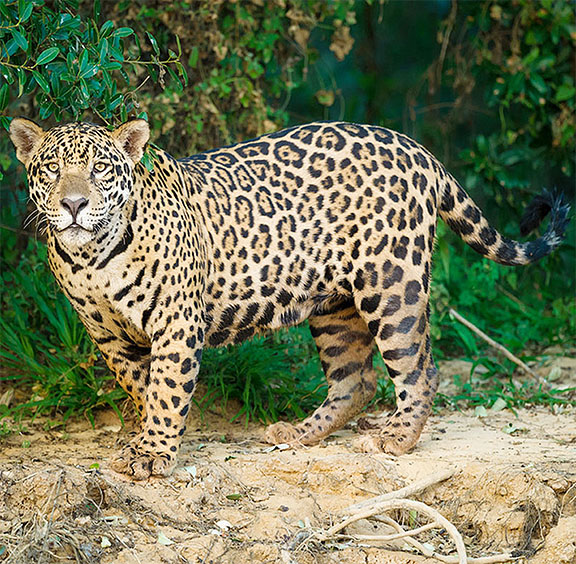By Evi Paemelaere – (Panthera)
In the land of giants, the jaguar stands strong and proud on the coat of arms, and adorns many banners and brochures to attract tourists who are happy to pay for catching a glimpse of America’s largest cat here in Guyana. Jaguars play a key ecological role in keeping our environment a healthy place for healthy people. But what is it like to live with ‘tigers’, as these large spotted cats are called in Guyana? The answer may depend on who you are talking to: people in the heart of the capital, those living in mining or logging camps, people with cattle and those running tourism businesses may all have different perceptions of jaguars. But when the news spread of a little girl being attacked by a ‘tiger’ in Isseneru in late December of last year, everyone was equally shocked and started wondering how this could have happened, and what we can do to avoid conflict between ‘tigers’ and people in the future.
Jaguar attacks on people are in fact extremely rare, and an attack typically only occurs when the jaguar feels threatened. The same goes for its smaller, non-spotted cousin the puma (deer tiger), which was the culprit in Jasmine’s case. Shooting at or hitting these large cats naturally puts the animal in defence mode. If the cat gets injured in the process, it is likely to become even more aggressive. Many of the records of jaguar attacks stem from such situations, where people try to hunt, capture or kill a jaguar that killed a domestic animal.
Also jaguars and pumas are hunted ‘opportunistically’, that means shot on sight simply because of ignorance or fear, leaving many felines wounded and diminished in their hunting abilities, causing them to prey more on domestic animals. While any animal that feels cornered may attack as a last resort to survive, some situations make animals more

